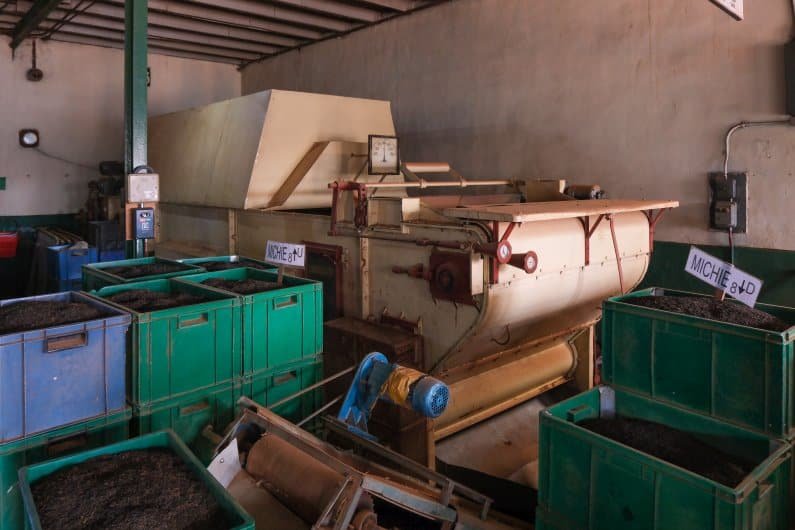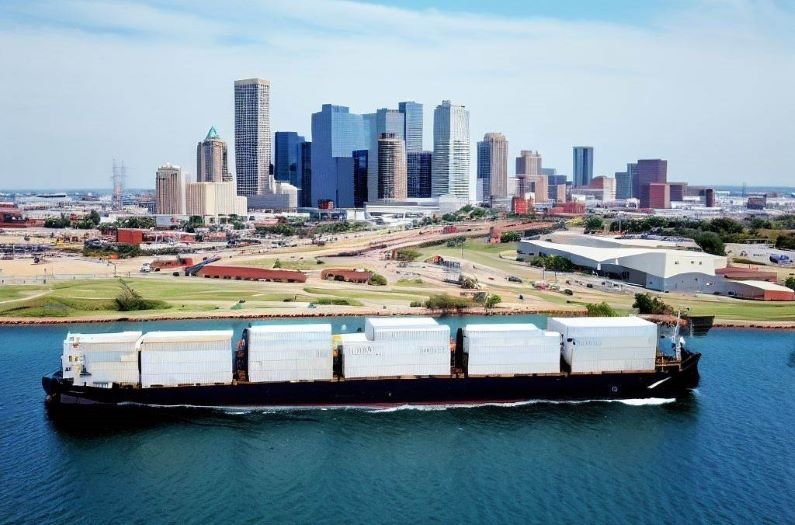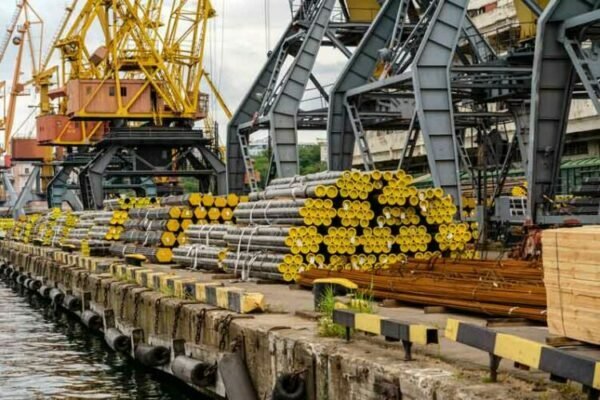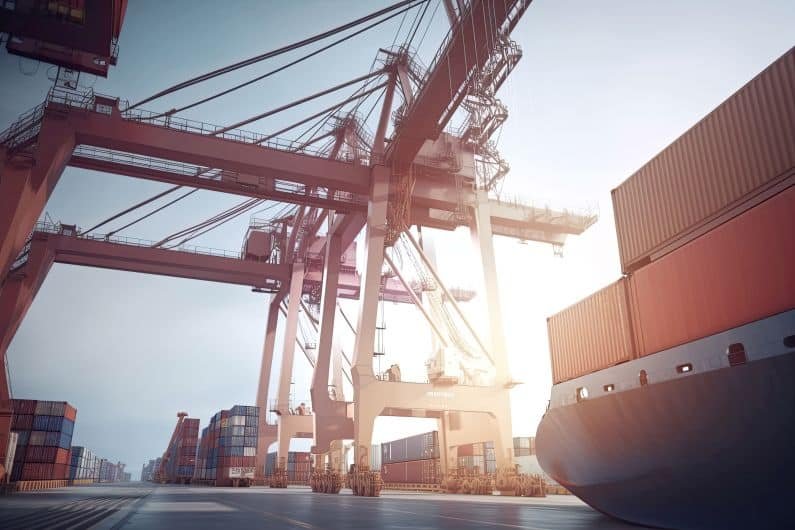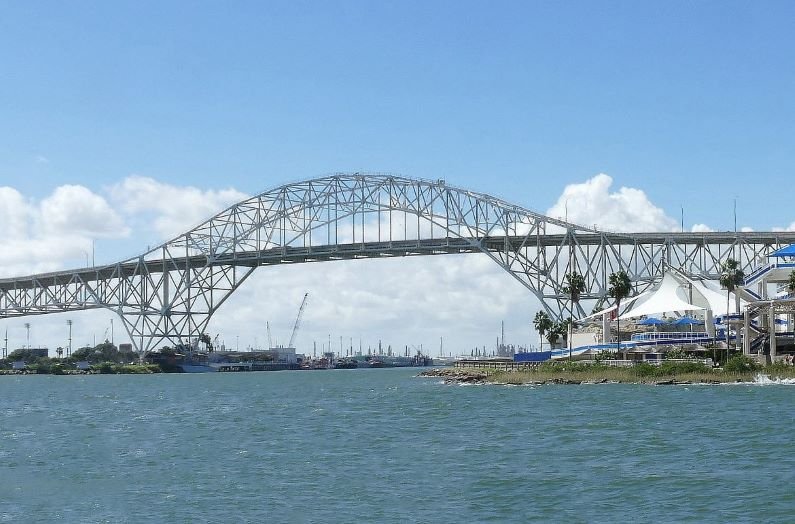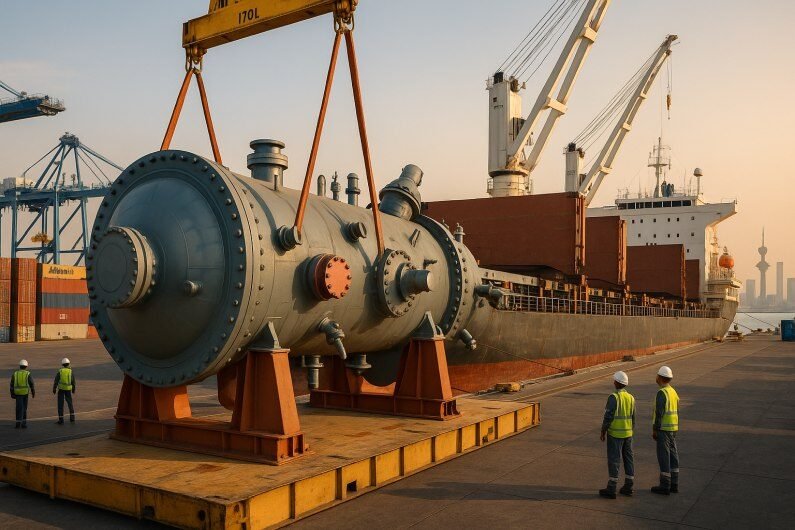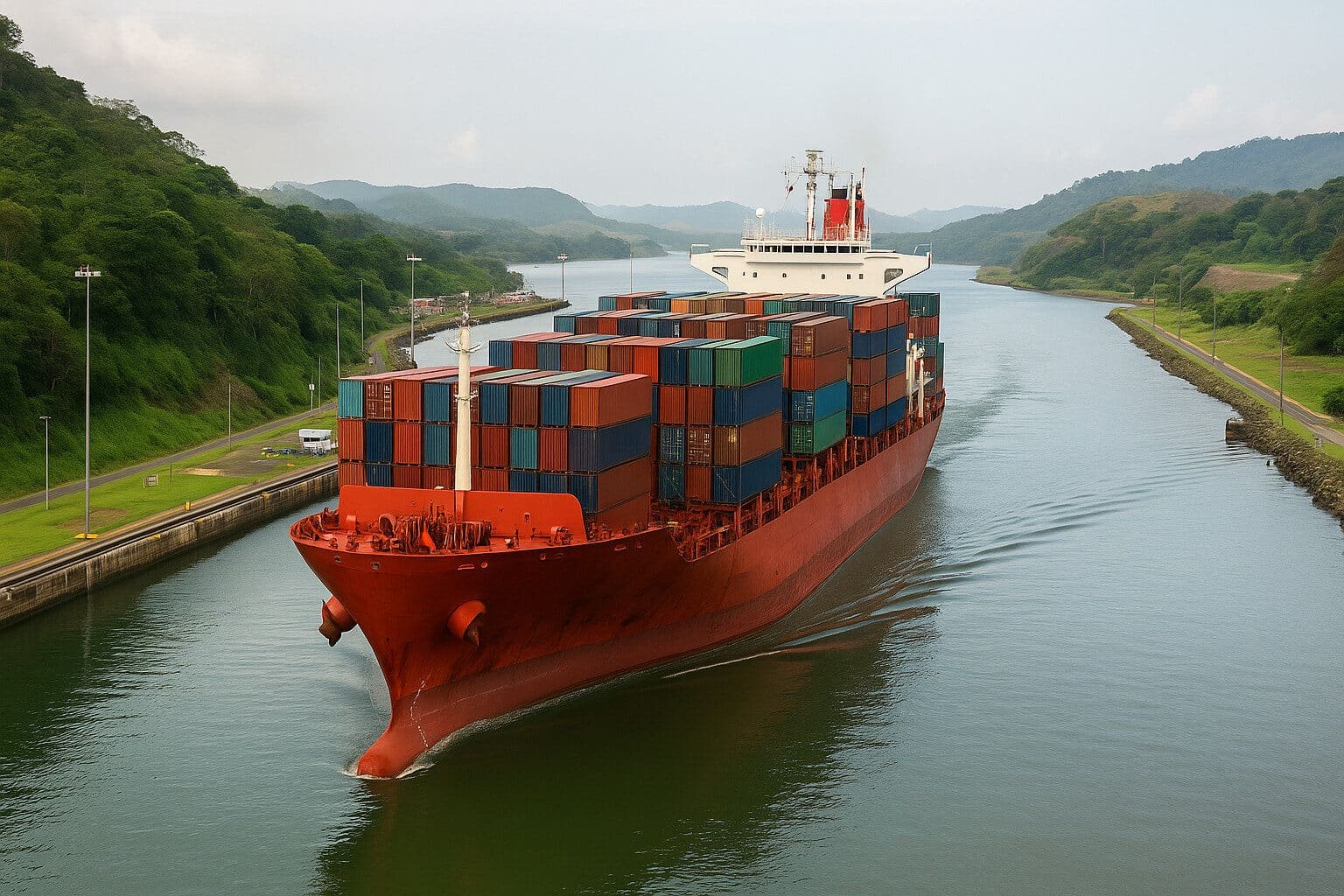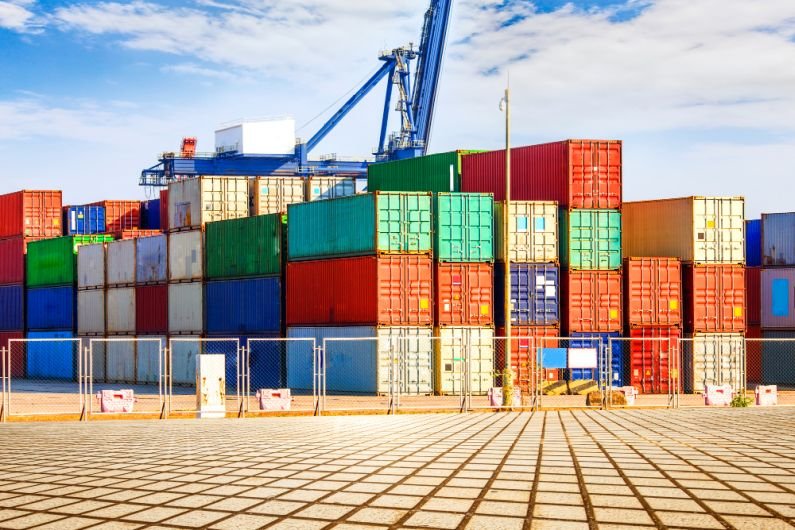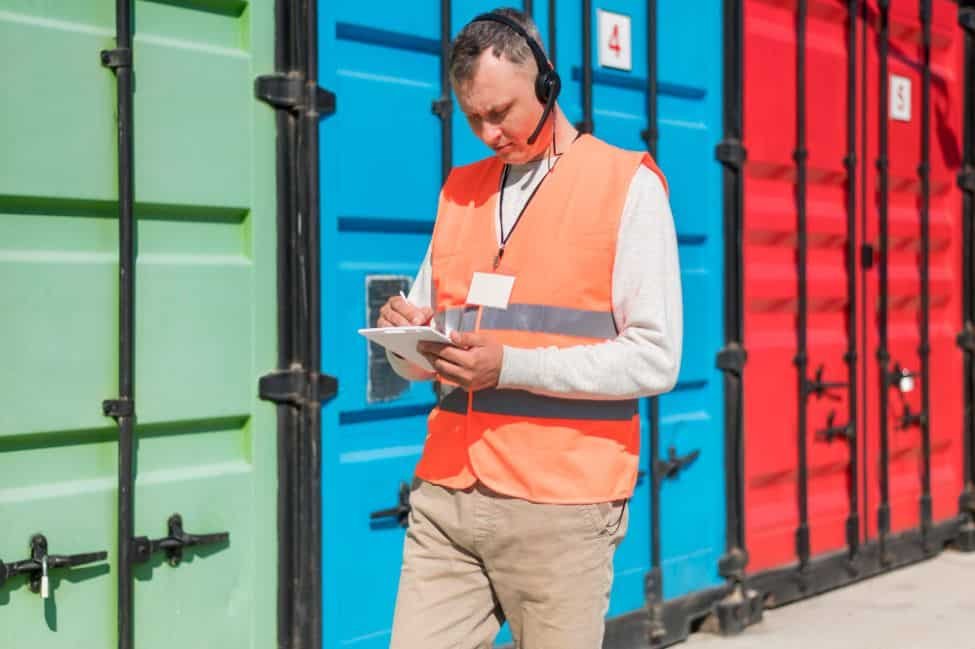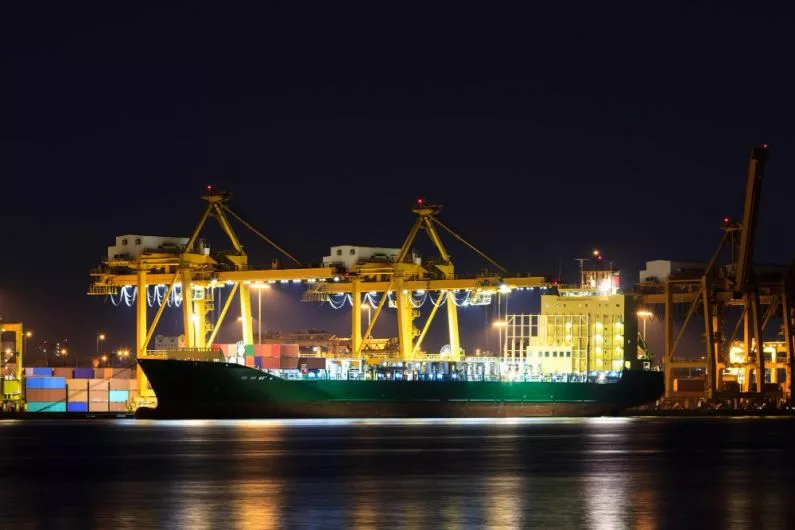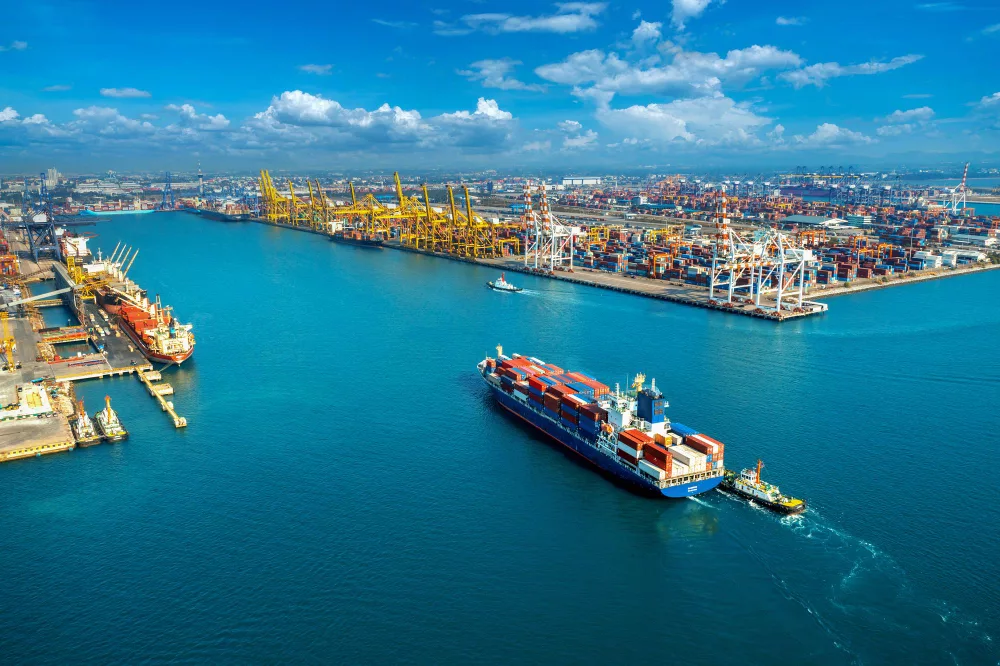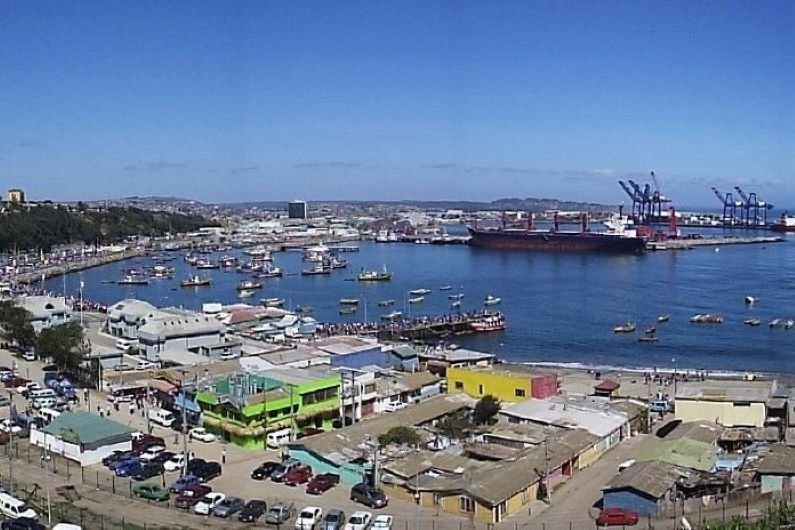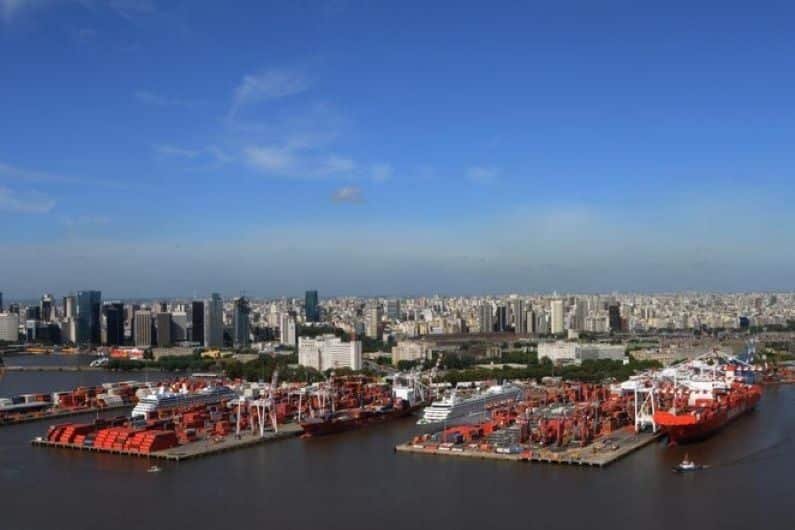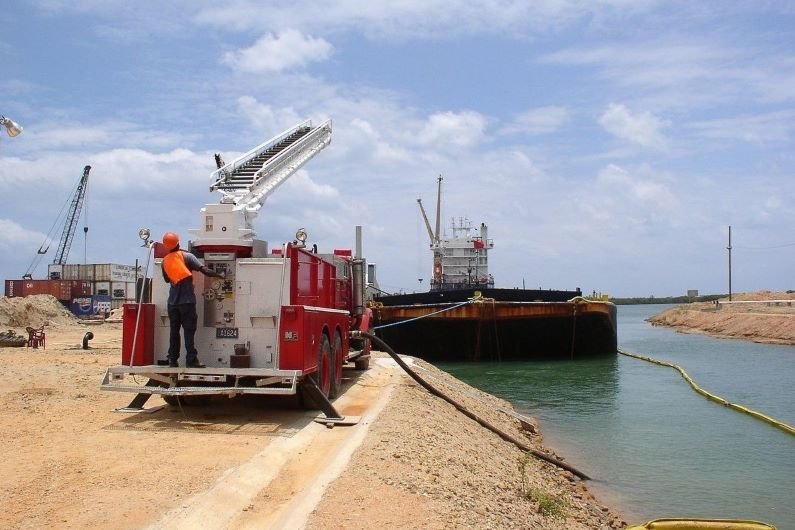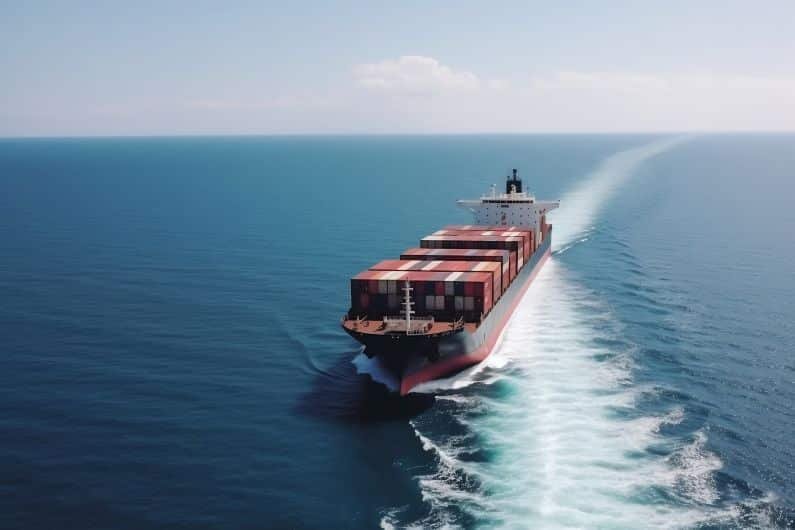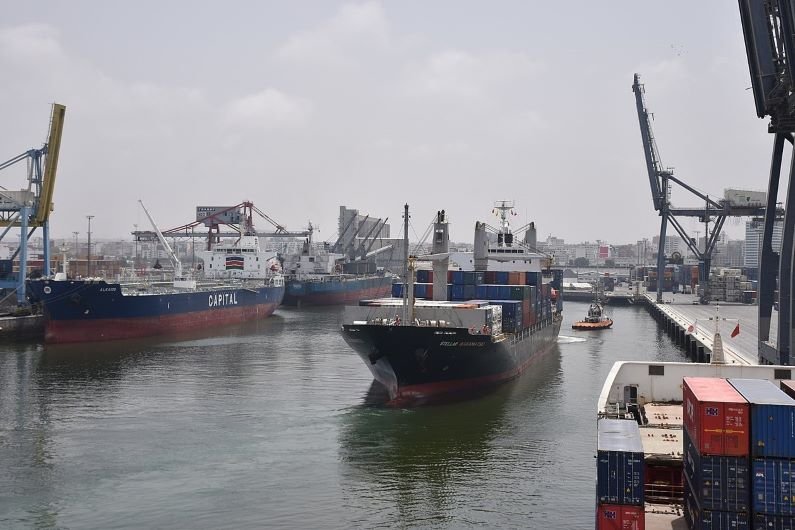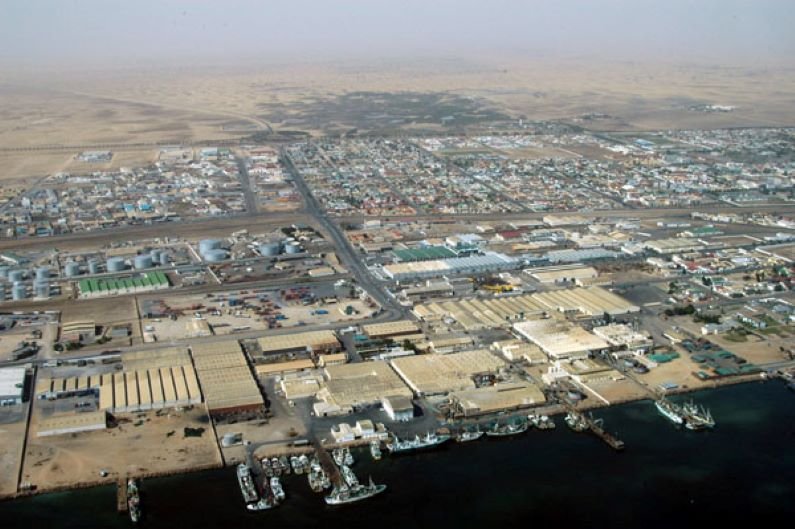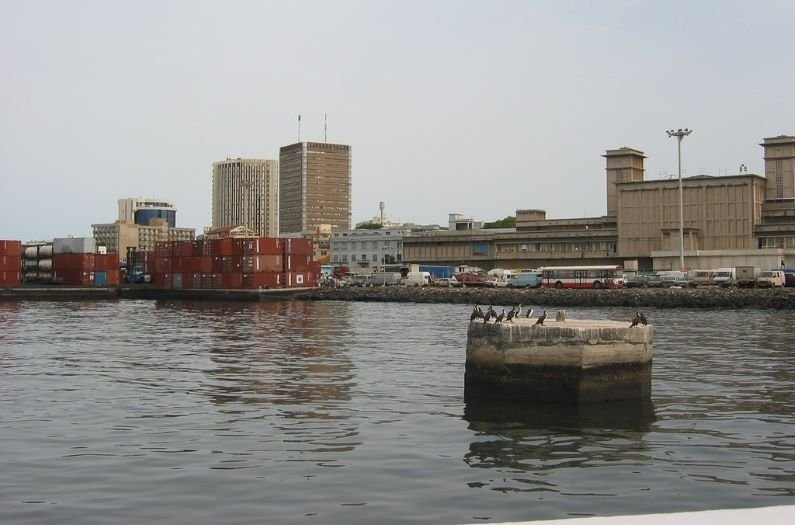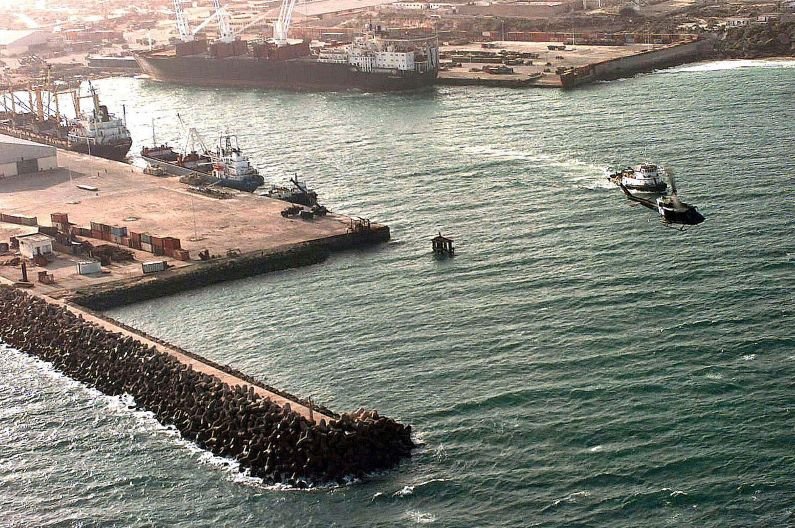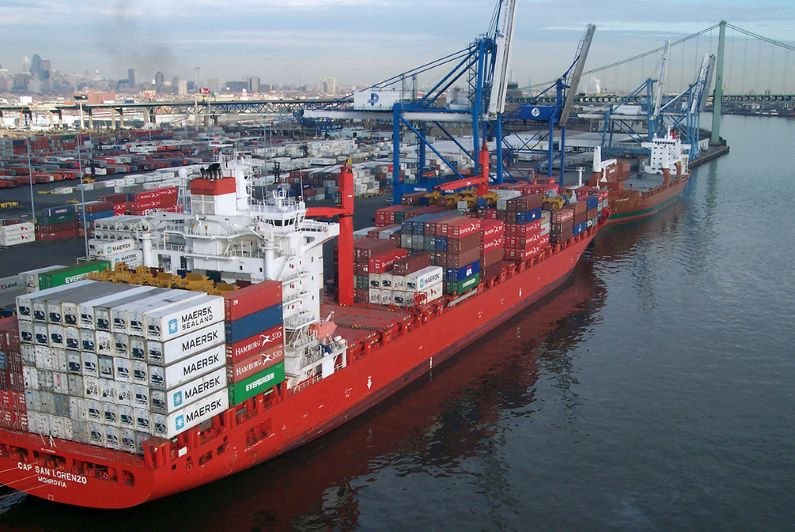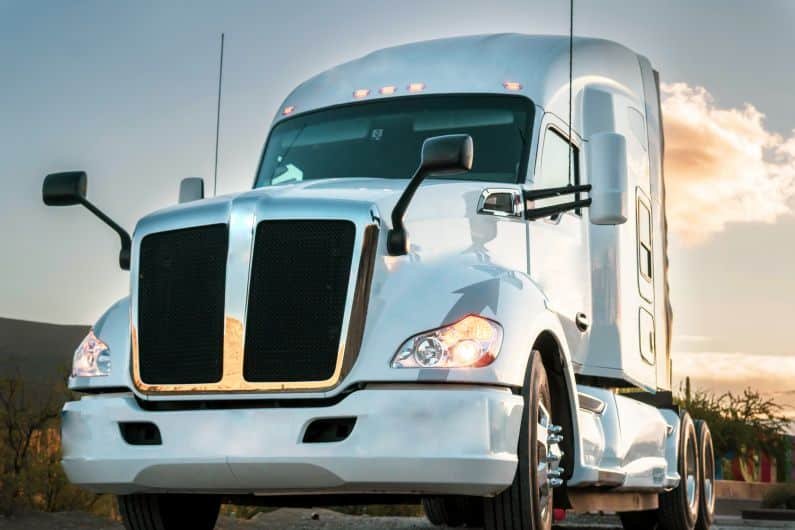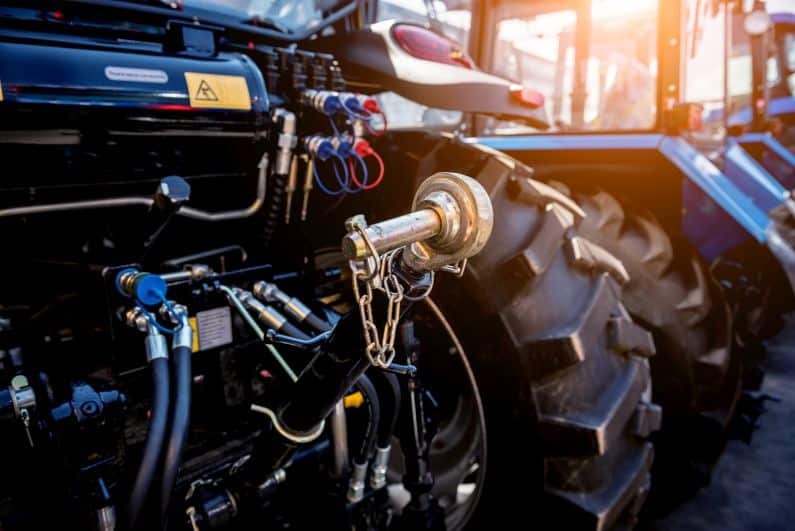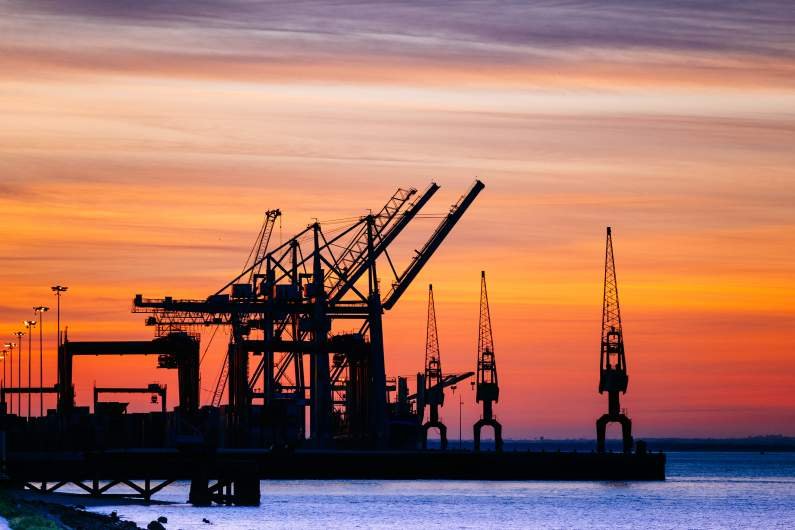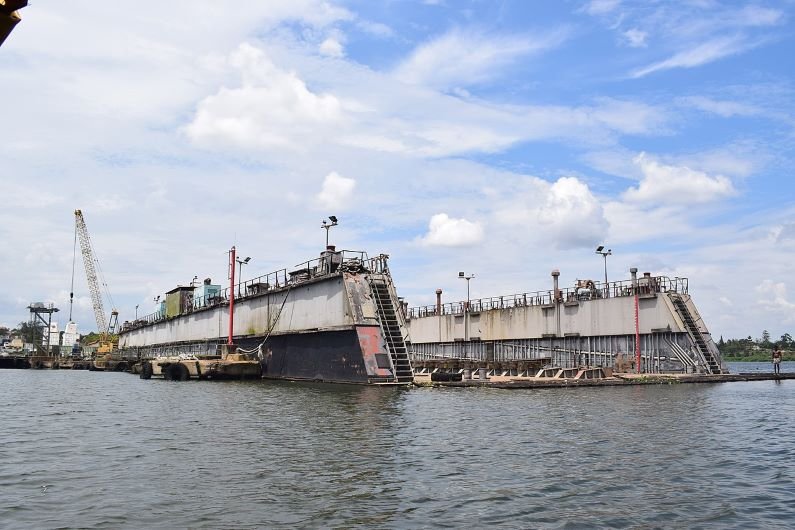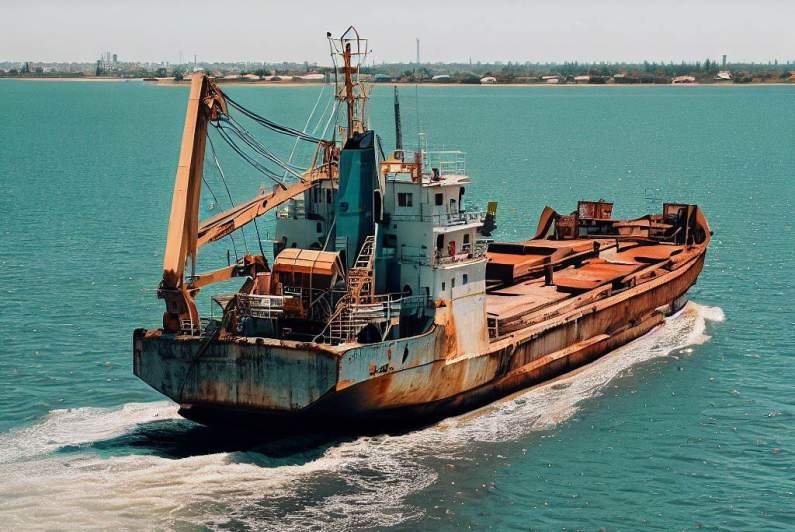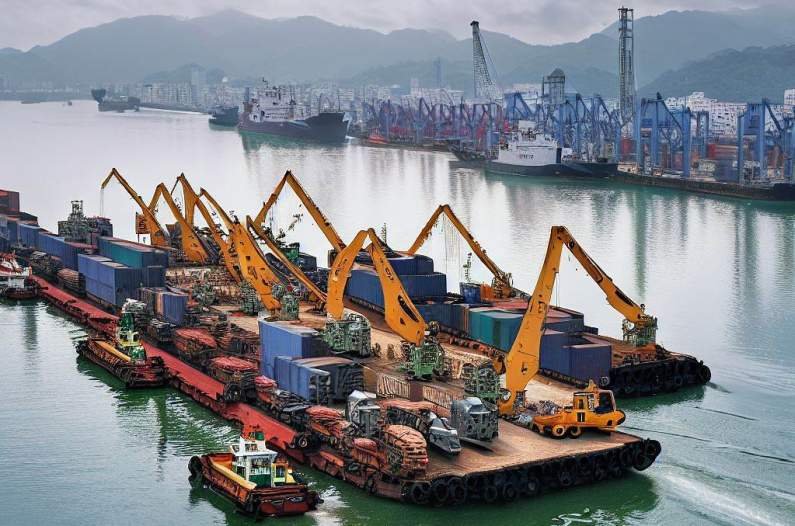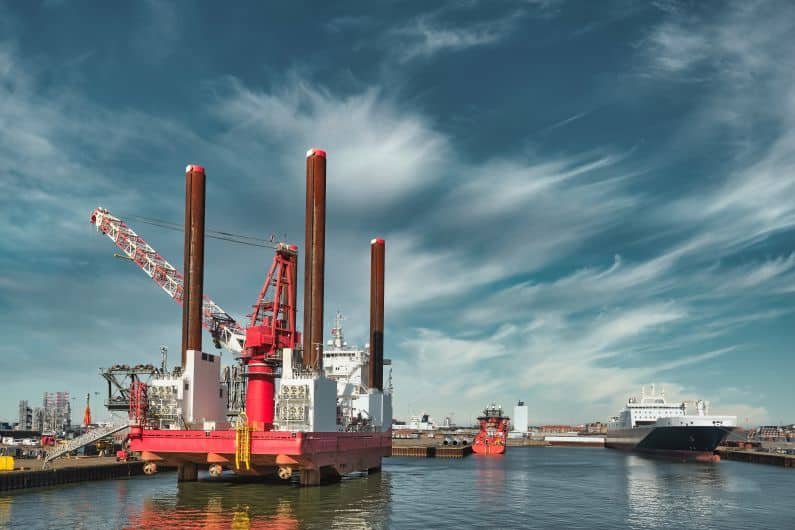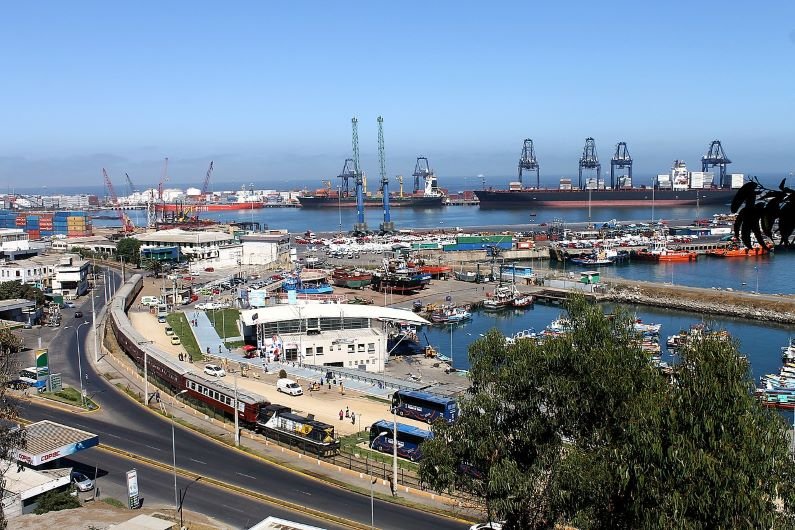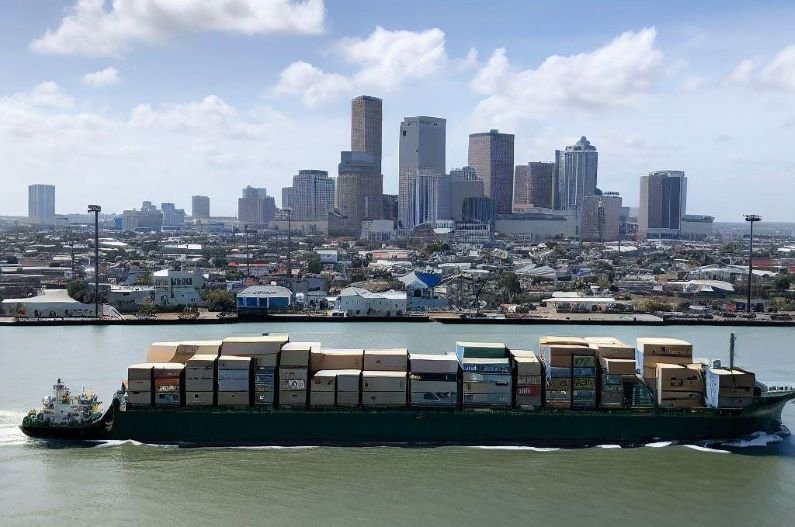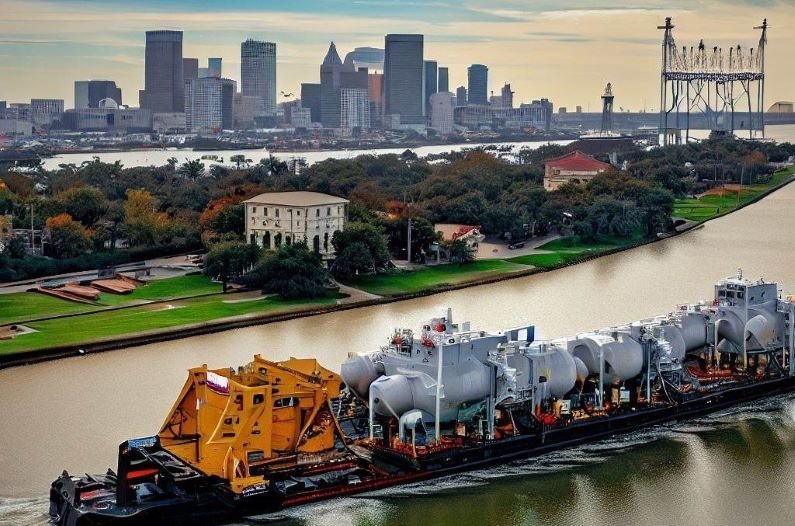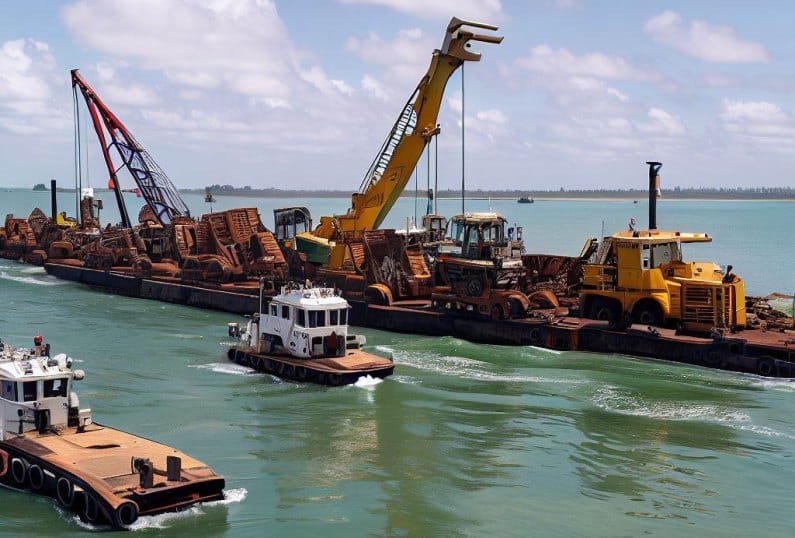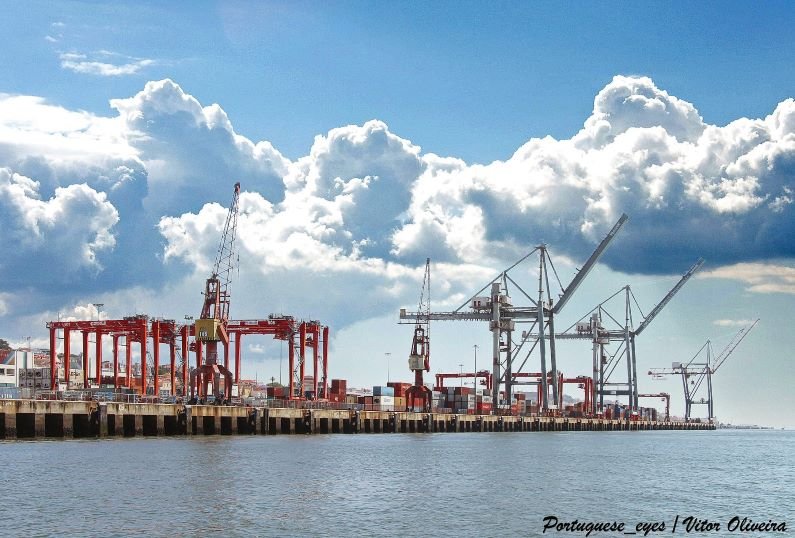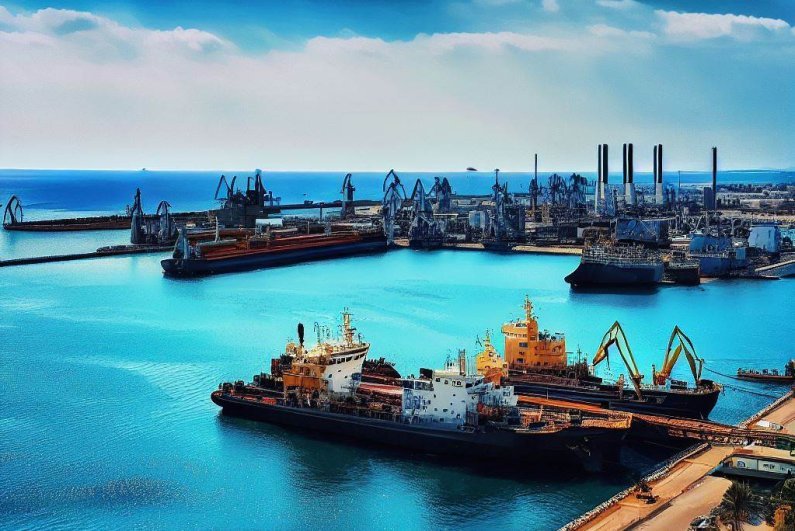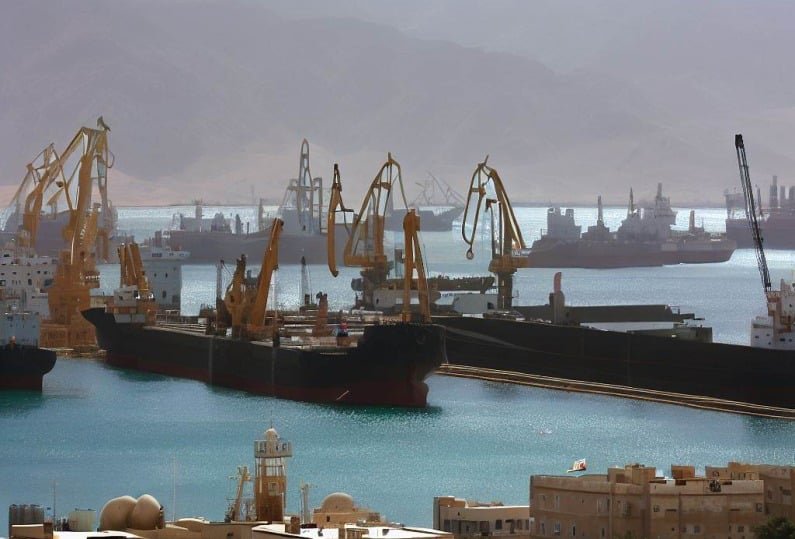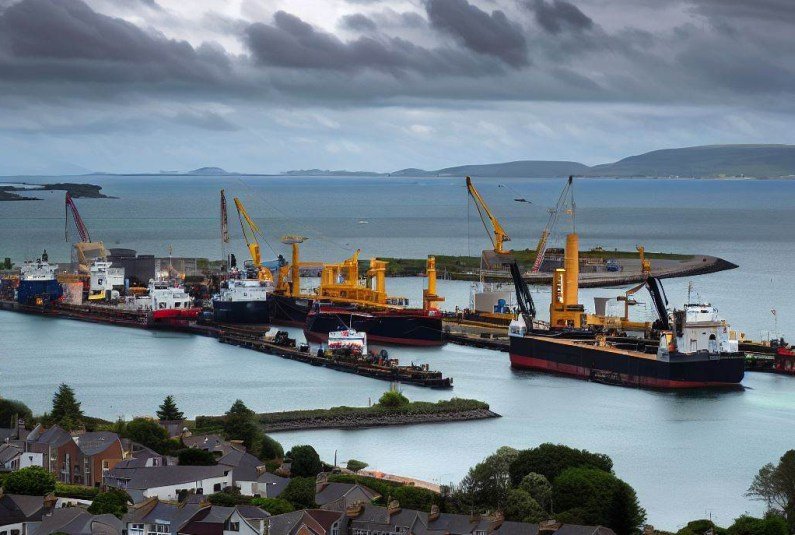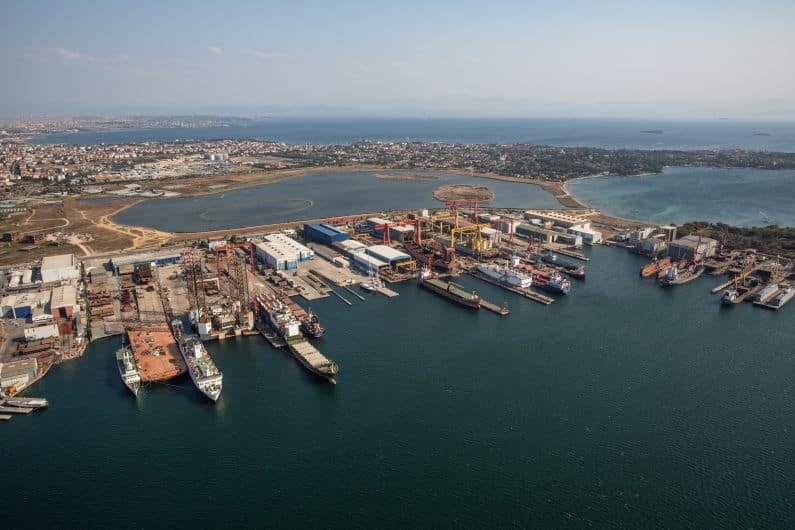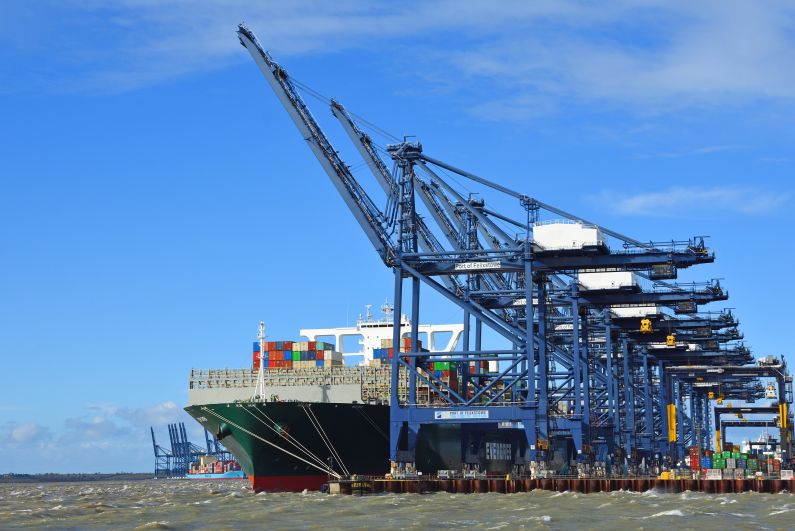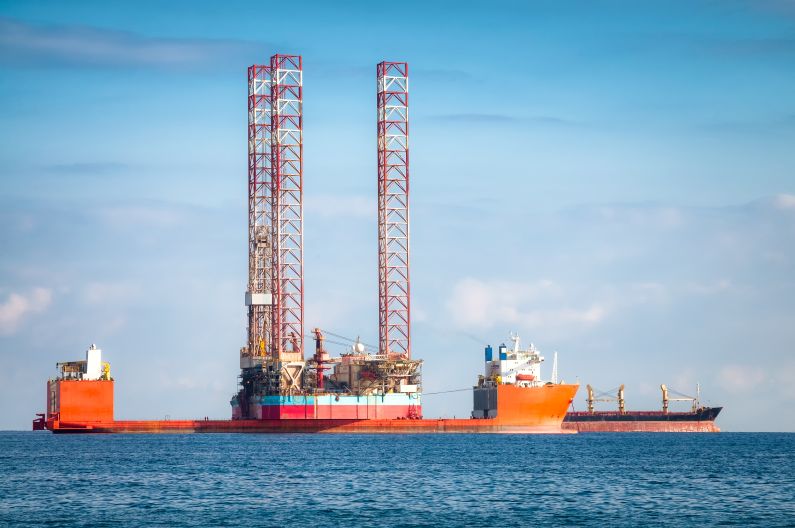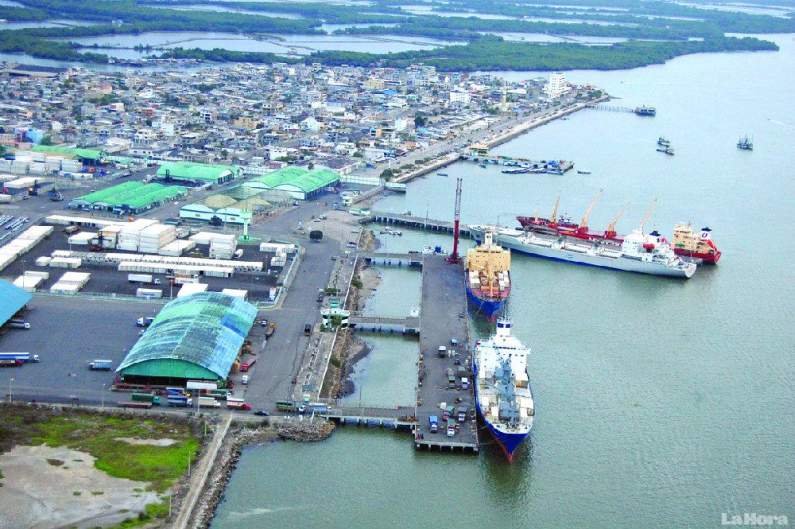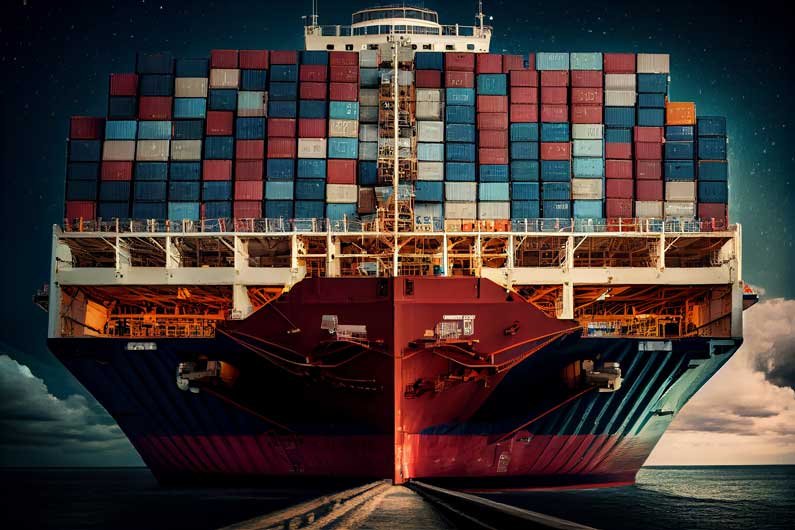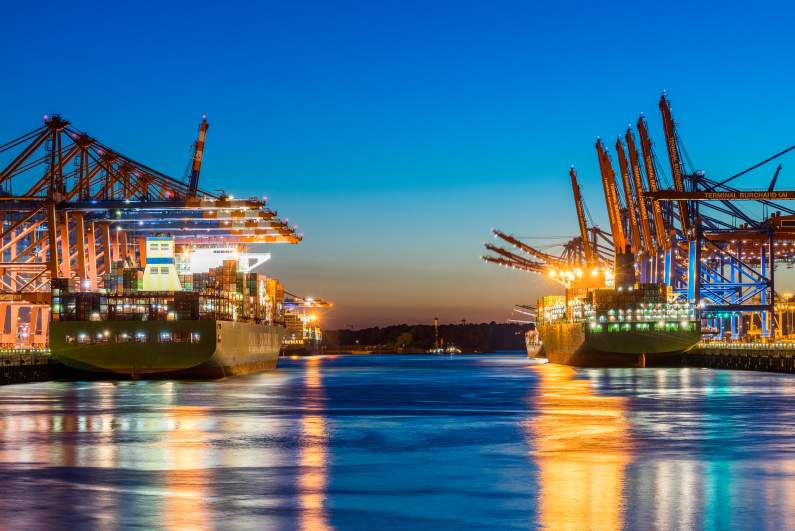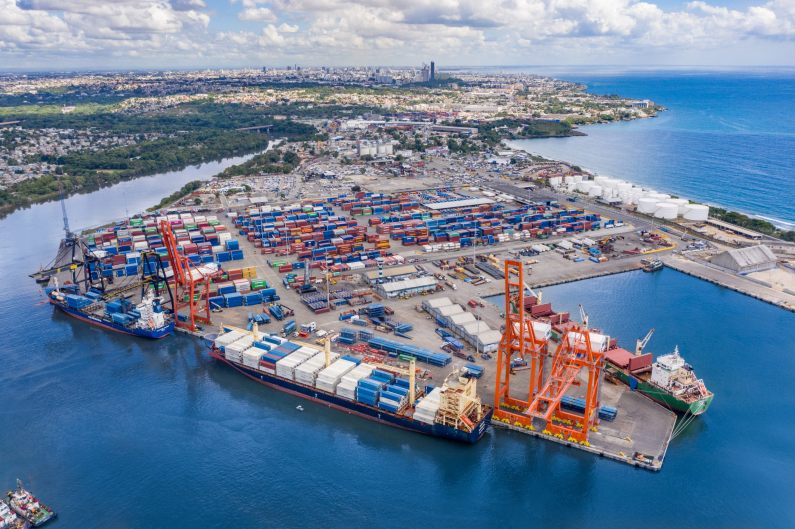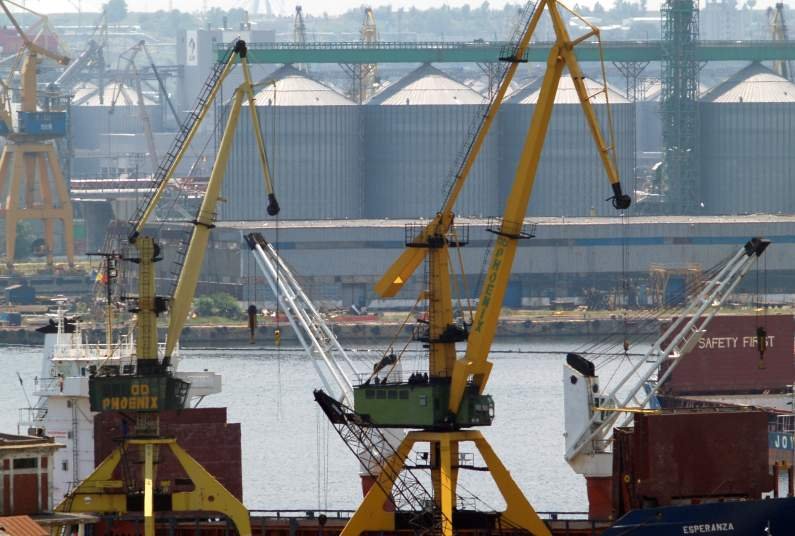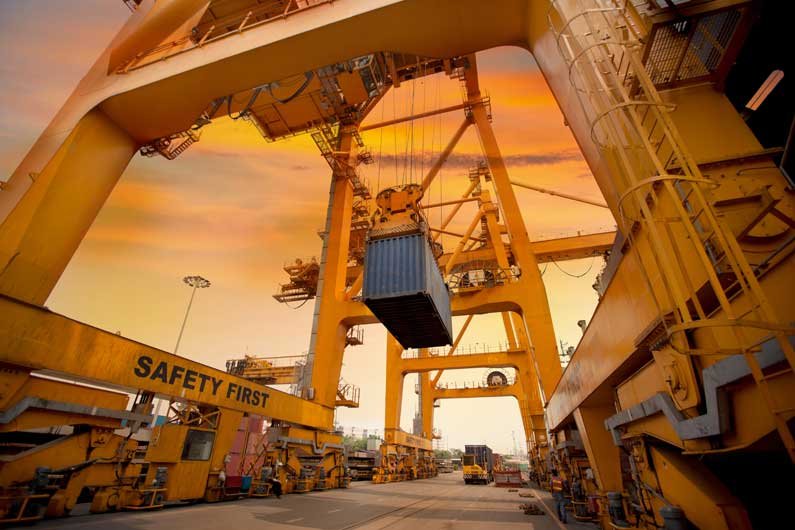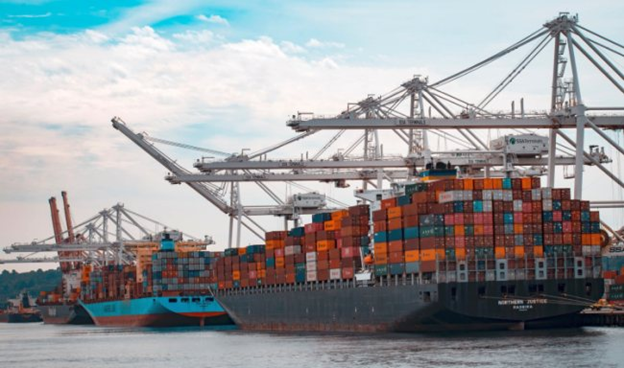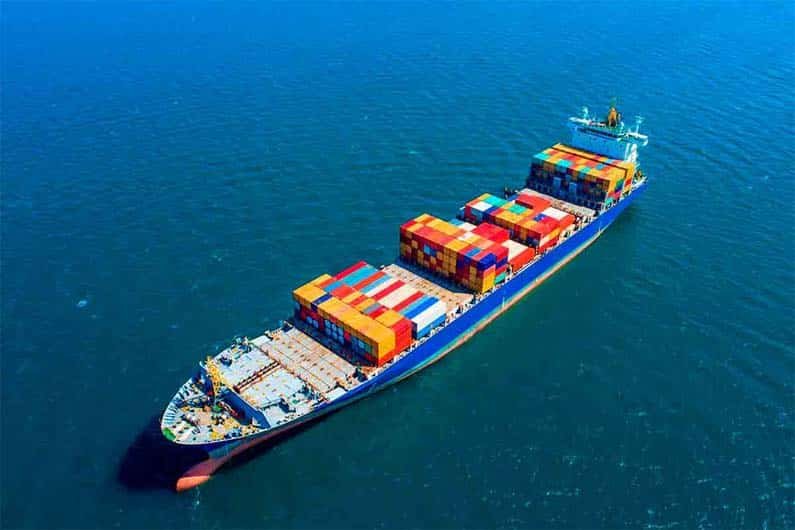Understanding the Requirements
Moving recycling machinery successfully requires more than simply transporting it from one location to another. It demands a carefully planned logistics strategy that accounts for every detail of the shipment.
Each unit—whether a shredder, compactor, or sorting system—has its own dimensions, weight, and operational complexity. These specifications must be assessed in advance to select the right transport method and handling approach.
Some machines include fragile components, hazardous materials, or oversized parts that require specialized packaging and handling. Ignoring these needs can lead to damage, delays, or additional costs.
Weight and dimension limits vary depending on transport mode and destination.
Failure to comply with these regulations can result in penalties and extended downtime. Identifying challenges early and ensuring compliance reduces the risk of costly disruptions.
Choosing the Right Transportation Mode
The right shipping method is key to timely and cost-effective delivery. International freight from Houston to destinations like Dubai, Libya, Spain, or Jakarta often relies on ocean freight for its capacity and lower cost per unit.
For domestic routes—such as shipments to Atlanta, Oklahoma City, or Waco—truck and rail transport offer speed and flexibility. The choice depends on the cargo’s size, urgency, and the available infrastructure at both ends.
- Sea Freight: Best for large or heavy equipment. Though transit times range from 20 to 40 days, the cost savings make it ideal for long-distance, high-volume shipments.
- Air Freight: Offers delivery in 5–7 days. While more expensive, it is suited to high-value machinery or urgent projects.
- Rail and Truck Freight: Often used for inland or cross-border shipments within NAFTA regions. Heavy haul trucks handle oversized items, while rail is a cost-effective choice for long-distance hauls.
Balancing speed, cost, and infrastructure access ensures the most effective mode is selected for each shipment.
Packaging and Protection Plan
Secure packaging is critical to prevent transit damage. Texas International Freight uses proven blocking and bracing techniques inside shipping containers to keep machinery stable throughout its journey.
Typical packaging solutions include:
- Heat-treated wooden crates that meet international export standards.
- Shock-absorbing padding to safeguard electronics and delicate components.
- Waterproof wrapping for protection against humidity, rain, and saltwater exposure.
For sensitive or oversized cargo, additional measures—such as custom export crating or climate-controlled containers—are often recommended.
Customs and Compliance Management
International shipping involves complex customs requirements. Ensuring compliance before departure helps avoid clearance delays and unexpected costs.
Key documentation includes:
- Commercial Invoices detailing contents and declared value.
- Certificates of Origin confirming the manufacturing location.
- Import Permits for regulated machinery.
Working with experienced customs brokers ensures accurate paperwork, correct tariff classification, and smooth coordination with authorities.
Tips for Arranging Freight for Recycling Equipment
- Confirm exact specifications for weight, size, and fragility.
- Choose a carrier with a proven track record in heavy machinery logistics.
- Invest in protective packaging to withstand long-distance transit.
- Check customs rules for your destination country before shipping.
- Book early to secure capacity, especially for oversized cargo.
Tracking, Costs, and Sustainability
Texas International Freight offers real-time GPS and RFID tracking, keeping clients updated throughout the journey. Cost efficiency is achieved through consolidated loads, volume-based contracts, and flexible delivery windows.
Our commitment to environmental responsibility includes using eco-friendly packaging and selecting fuel-efficient transport modes where possible.
Common Recycling Machinery Models for Global Shipping
When planning the shipment of recycling equipment, it helps to reference specific makes and models.
From high-capacity shredders to precision optical sorters, each machine has unique handling, packaging, and transport requirements.
Below is a selection of widely used recycling machinery—complete with model names and product numbers—that Texas International Freight can ship safely to destinations worldwide.
Shredders
- SSI PRI-MAX® PR4400 Primary Reducer – Model PR4400
- Vecoplan VAZ 2000 Shredder – Model VAZ2000
- Lindner Jupiter 3200 – Model J3200
Balers
- Harris HRB Centurion Baler – Model HRB-CEN
- Maren ProPak A165 Auto-Tie Baler – Model A165
- Bramidan B5 Wide Baler – Model B5W
Compactors
- Marathon RJ-550 Industrial Compactor – Model RJ550
- PTR 2300HD Stationary Compactor – Model 2300HD
- Wastequip 265XP Self-Contained Compactor – Model 265XP
Sorting Systems
- Machinex MACH Hyspec® Optical Sorter – Model Hyspec
- MSS CIRRUS® Optical Sorter – Model CIRRUS
- Bollegraaf Elliptical Separator – Model ELLS
Granulators
- Cumberland 62H Granulator – Model 62H
- Zerma GSH 800 Granulator – Model GSH800
- Rapid 600-Series Granulator – Model 600-85
Crushers
- Metso N-Series Impact Crusher – Model NP1213
- TerraSource Jeffrey Rader Flextooth Crusher – Model FT964
- Komplet K-JC704 Crusher – Model KJC704
From Planning to Delivery
Our process covers every stage—from final packaging checks and documentation review to scheduling, customs clearance, and delivery. With end-to-end support, we ensure your recycling equipment arrives safely, on time, and ready for operation.
Contact Texas International Freight today to discuss your next shipment.

